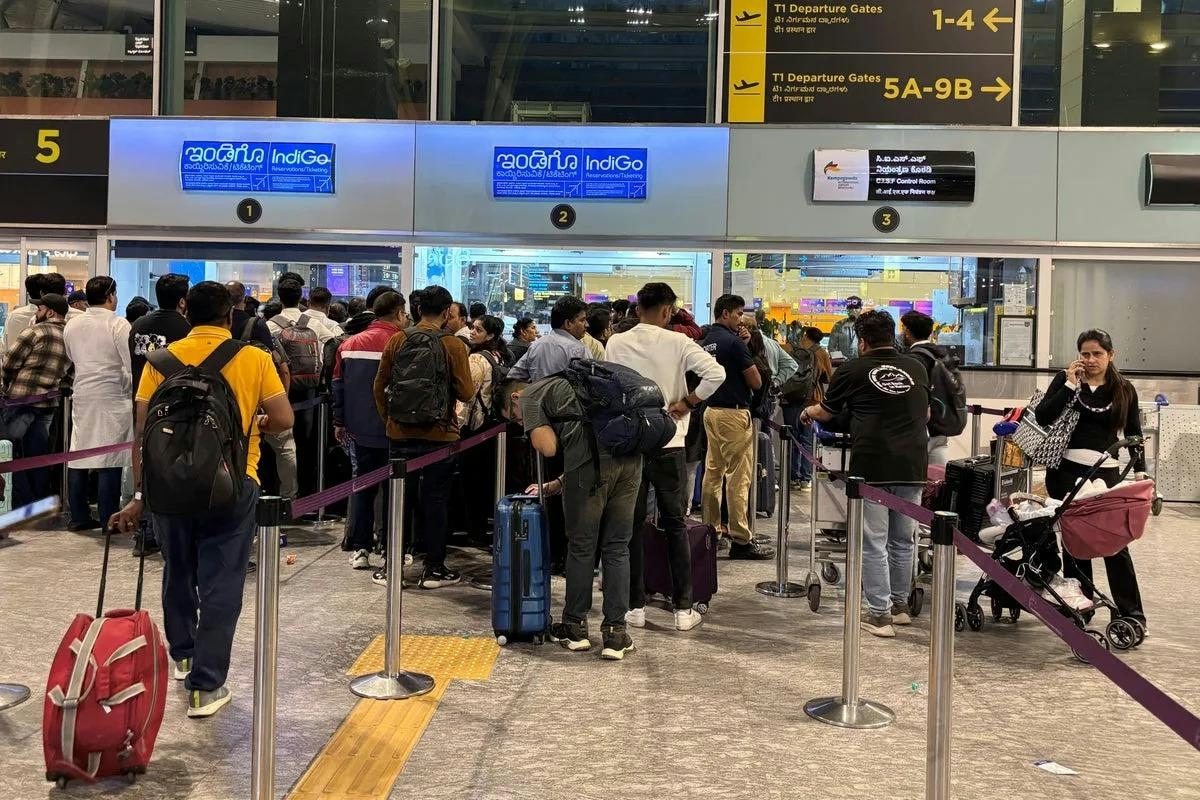
AeroGenie — あなたのインテリジェントな副操縦士。
現在のトレンド
Categories
Samoa Airways to Refurbish Twin Otter Following Profitability Shift
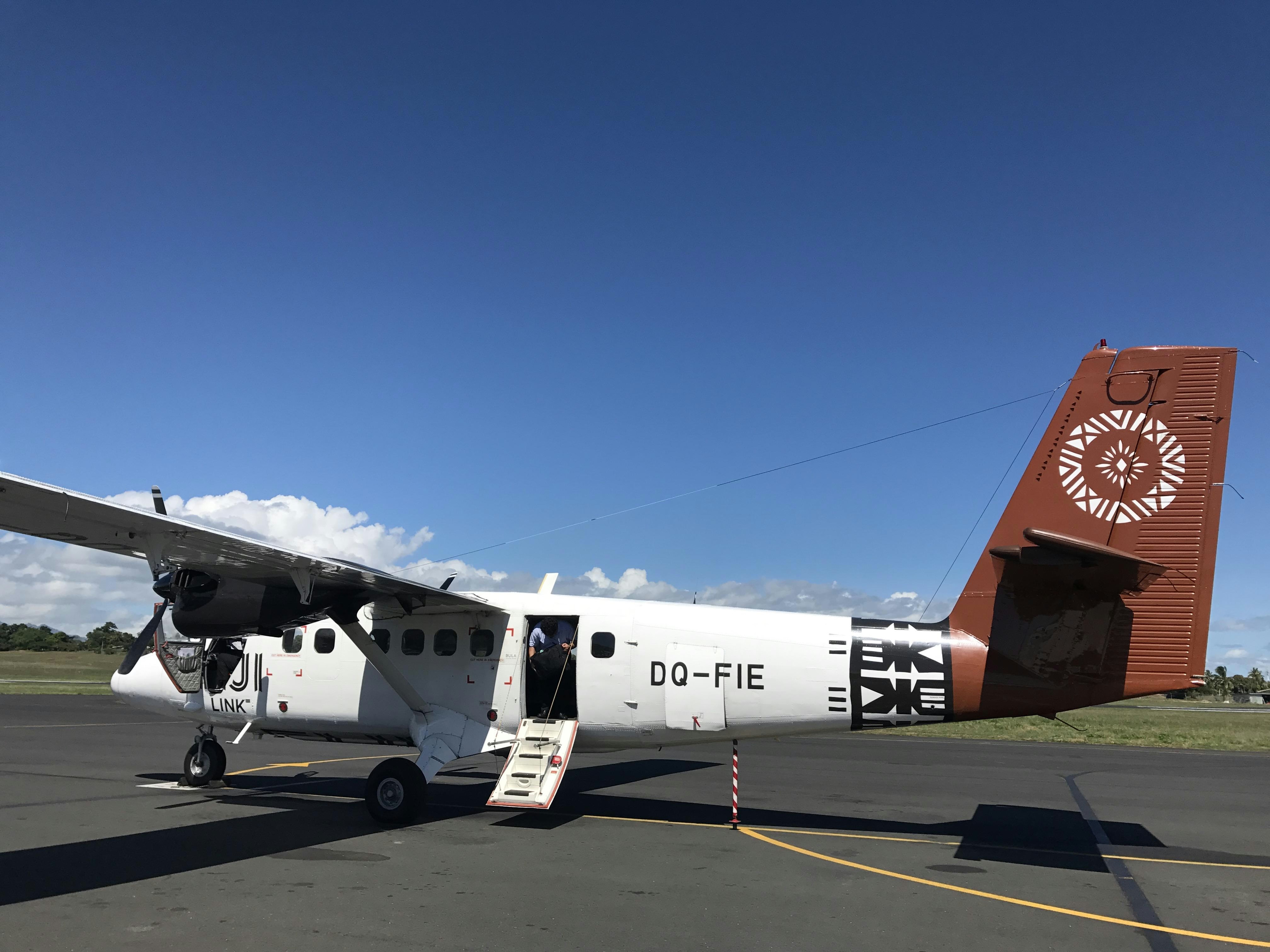
Samoa Airways to Refurbish Twin Otter Following Profitability Shift
Financial Turnaround Enables Fleet Investment
Samoa Airways (OL, Apia Faleolo) has announced plans to send a second DHC-6-300 Twin Otter aircraft to Canada for extensive refurbishment later this year. This initiative marks a significant milestone for the national carrier, which has recently returned to profitability after enduring eight consecutive years of financial losses. The refurbishment is expected to take the aircraft out of service until February 2026 and will cost approximately WST10 million (USD 3.7 million).
The airline’s improved financial position underpins this investment. For the fiscal year ending June 30, 2025, Samoa Airways reported a net profit of WST11 million (USD 4.1 million), reversing a prolonged period of deficits. Concurrently, the airline’s debt burden was substantially reduced from WST80 million (USD 29.9 million) to WST10 million (USD 3.7 million). This debt reduction was largely facilitated by government intervention, including a WST55 million (USD 20.5 million) loan write-off from the Unit Trust of Samoa and direct aid amounting to WST11 million (USD 4.1 million) to settle outstanding liabilities.
Ongoing Fleet Renewal and Operational Challenges
The refurbishment program commenced earlier this year with the youngest of Samoa Airways’ three Twin Otters, 5W-FAW (msn 827), which returned to service in March 2025. This 40-year-old aircraft now operates on the airline’s most profitable routes, connecting Apia Fagali'i and Apia Faleolo airports in the Samoan capital with Pago Pago in American Samoa. The remaining two Twin Otters in the fleet include the 45.3-year-old 5W-FAY (msn 690), which has been grounded at Apia Faleolo since August 2025, and the 51.6-year-old 5W-STF (msn 402).
Despite the positive financial outlook, Samoa Airways faces several challenges in executing the refurbishment. Market volatility may complicate efforts to secure additional funding, while regulatory and operational hurdles could impact project timelines and costs. Furthermore, competitors may respond by increasing their own fleet maintenance investments, intensifying competitive pressures. Industry observers remain cautious about the sustainability of Samoa Airways’ recent profitability, which may influence investor sentiment.
Strategic Route Operations and Future Outlook
Beyond its primary routes between Samoa and American Samoa, Samoa Airways operates within American Samoa, linking Pago Pago with Fitiuta and Ofu in the Manu'a Islands. The airline currently holds authorization to operate this eighth-freedom cabotage route through January 2026, or until a US-based carrier enters the market.
As Samoa Airways advances its fleet renewal efforts, its capacity to manage financial, regulatory, and competitive challenges will be closely monitored by industry stakeholders and investors. The airline’s strategic decisions in the coming months will be critical in sustaining its recent turnaround and positioning it for future growth.
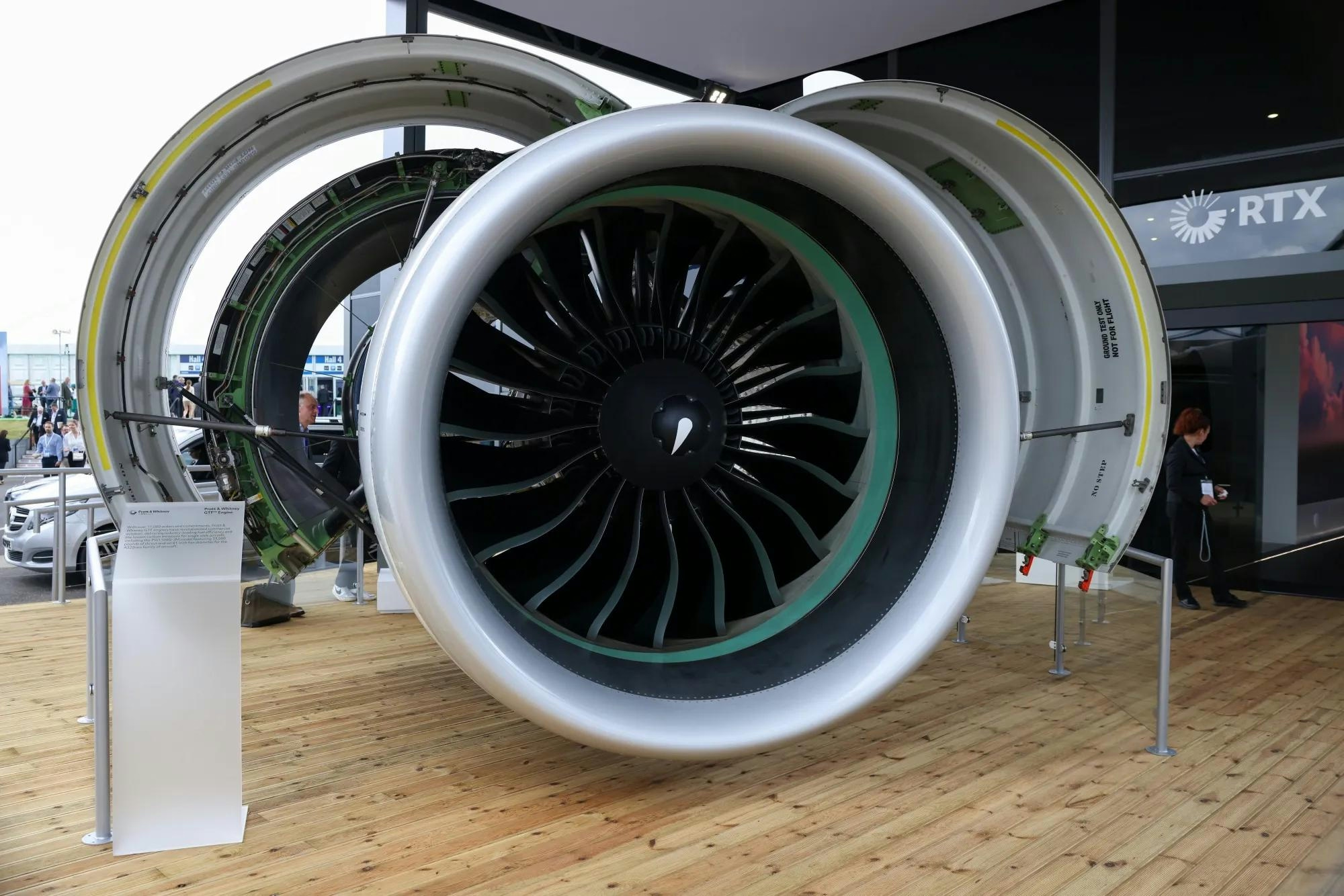
Spirit Signs Agreement with Pratt & Whitney Units on Aircraft Engines

ADB SAFEGATE Receives Industry Awards for Marketing, R&D, and Social Impact

GA Telesis Secures Five-Year Landing Gear Overhaul Agreement with Major U.S. Carrier

Government Strengthens Aviation Safety Framework Amid AI-171 Investigation
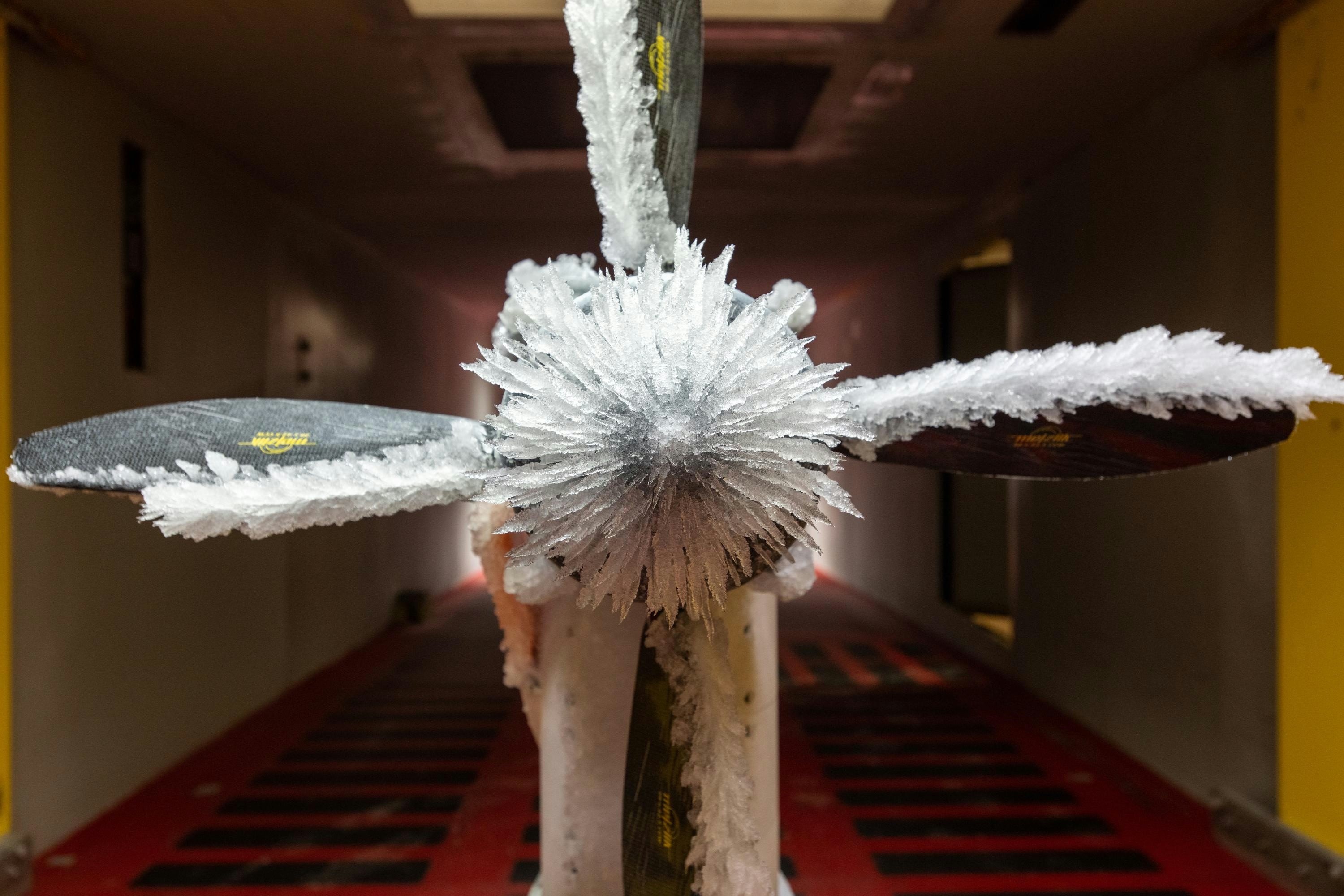
NASA Software Raises Bar for Aircraft Icing Research

Dans and Emirates Aviation University Partner on AI Air Traffic Management Research
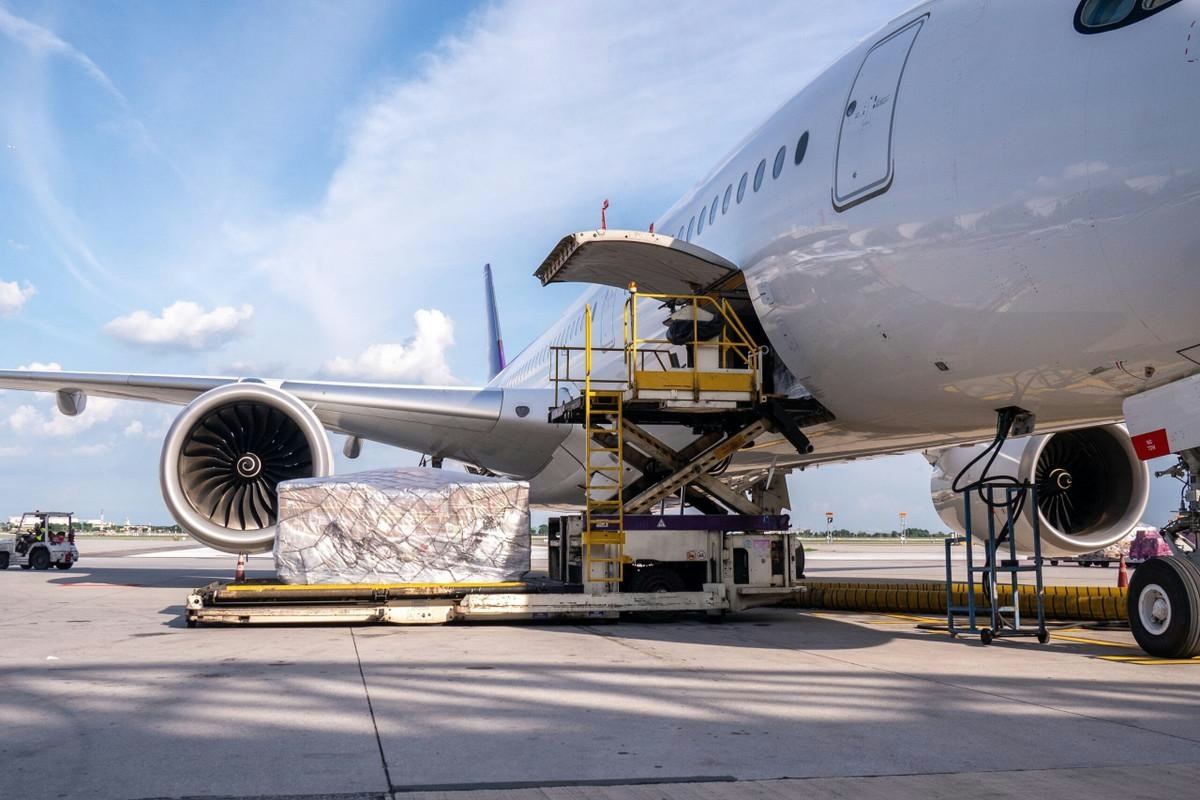
Nigus and AXISCADES to Develop Nigeria’s First Major Aviation MRO Hub
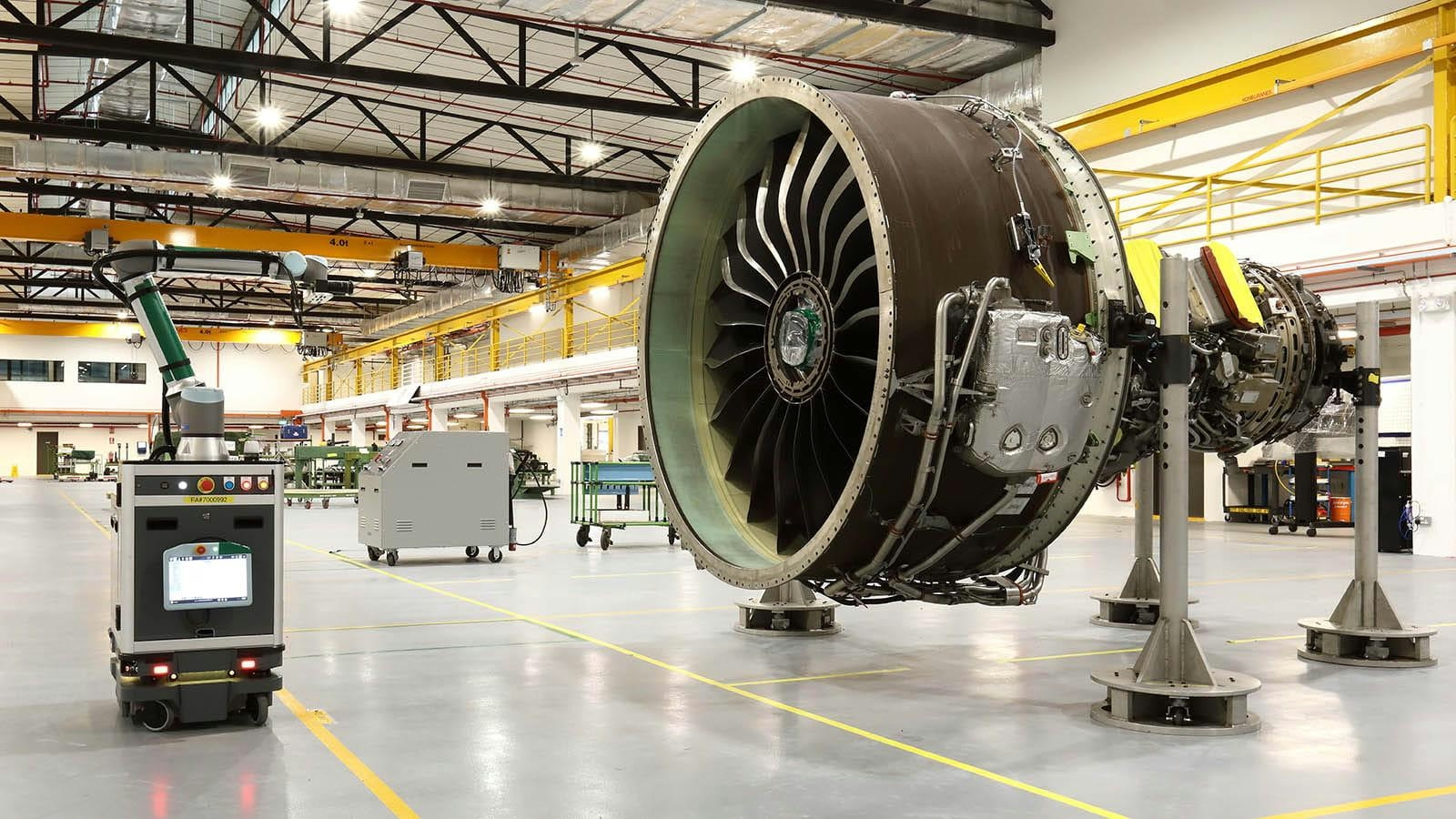
Commission Unveils Industrial Strategy for Aviation Sector
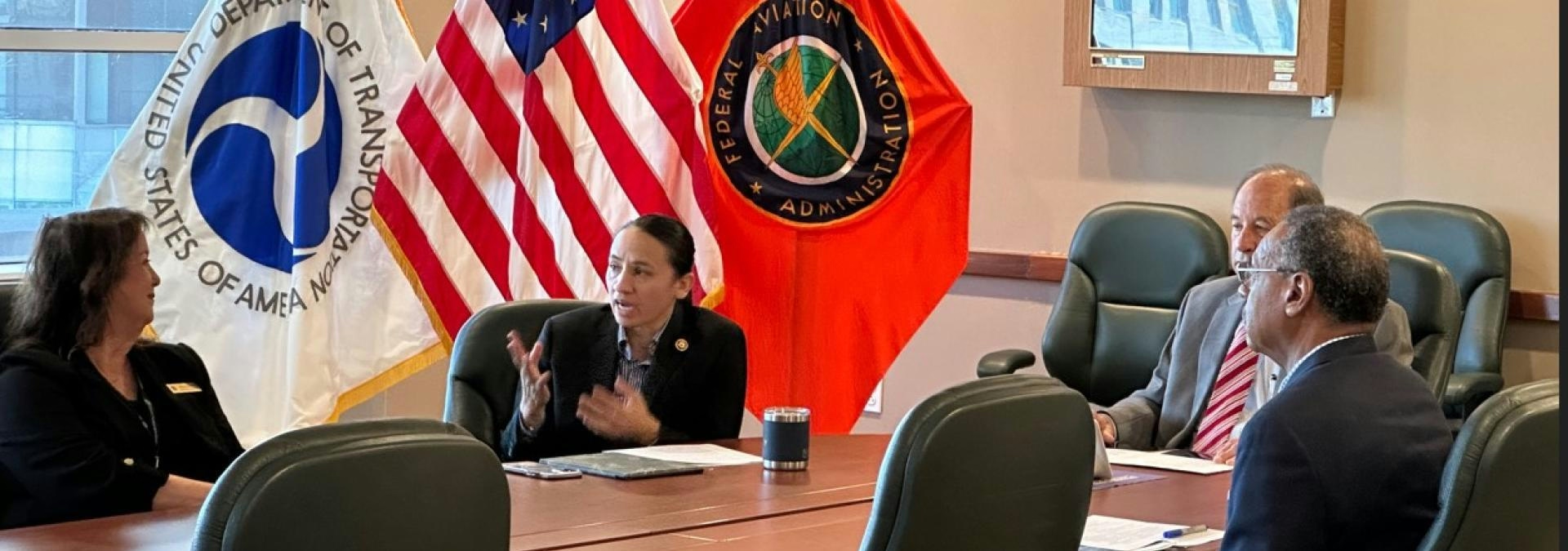
Congressional Committee Expresses Bipartisan Support for Advanced Air Mobility
